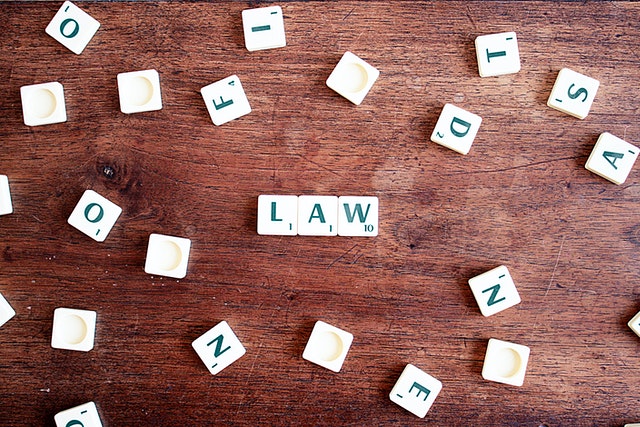The Texas Legislature meets every odd-numbered year for its legislative session. The legislative session is a particularly busy time during which new bills are proposed so that they can be made into laws. HillCo Partners closely monitors the legislative session sending daily updates to its clients about new bills introduced and progress reports.
HillCo Partners is a full-service public policy consulting firm. It is the topmost lobbying firm in Austin. It was founded by Neal T. “Buddy” Jones and Bill Miller. Neal T. “Buddy” Jones has been named in Texas Monthly’s list of 25 most powerful men in Texas. He has represented some of the most popular individuals and enterprises in America, including AT&T, Houston Rockets, and Fort Worth’s Bass brothers. He is also a former Texas State representative.
Table of Contents
Introducing a Bill
A bill is a type of legislative document and is used to enact laws. A bill can only be introduced by a legislator. A legislator may draft the bill personally, with help from the Texas Legislative Council, or other interested outside parties. The drafted bill is then introduced by a legislator in the chamber of which they are a member. A new bill has to be filed with the chief clerk of the house.
Referral to a Committee
After it has been introduced, it is then referred to a committee. Each chamber has committees that oversee specific matters. Each committee’s chair is responsible for deciding when the committee meets, and which bills it will consider. Committee meetings are generally open to the public. A committee’s findings are published in the committee’s report.
House Calendar
Bills that successfully pass through the committee stage need to be scheduled. Bills originating in the House of Representatives are scheduled by the Calendar’s Committee. Whereas bills originating in the Senate are scheduled by the Administration Committee.
Floor Action
Once a bill has been scheduled by the respective committee, it is then put on the floor for consideration. This is the most important step in the process of making law. This is the second reading of the bill during which the members of the chamber may introduce changes or amendments. Each amendment is incorporated by a vote of a simple majority. The bill then goes through to the third reading. Amendments at this stage may only be made by a vote of a two-thirds majority. The readings of the bill must happen on separate legislative days. This rule can be suspended by a four-fifths vote. The bill then goes through the same process in the other chamber.
Return of a bill to the Originating Chamber
Once the bill has been debated in both chambers, it is sent to the originating chamber. If a bill has not been amended by the opposing chamber, the originating chamber will send it to the governor. If the opposing chamber has proposed an amendment, the originating chamber can either incorporate those amendments or refuse the changes. In case of a refusal, a conference committee is formed. The task of the conference committee is to reconcile the differences between the two chambers. It is composed of five members from each chamber. Once an agreeable text has been formulated the bill is then sent to the governor.
Governor’s Action
An enrolled bill is sent to the governor so that it can be made law. The governor can veto it, sign it, or allow it to be made law without signature. A bill automatically becomes law if the governor does not sign it for 20 days. If the governor signs the bill, it is immediately made into law. If the governor vetoes the bill it is sent back to the originating chamber. The veto can be overruled by a vote of two-thirds.
Bill Made into Law
A bill is made into law the day the governor signs the bill. The bill can also be made into law if the governor deposits the bill with the secretary of state. If the bill had been vetoed, it becomes law the day the chamber overrules the veto. Some bills also provide for an effective date in the future, which means the bill will only become law on that date.




